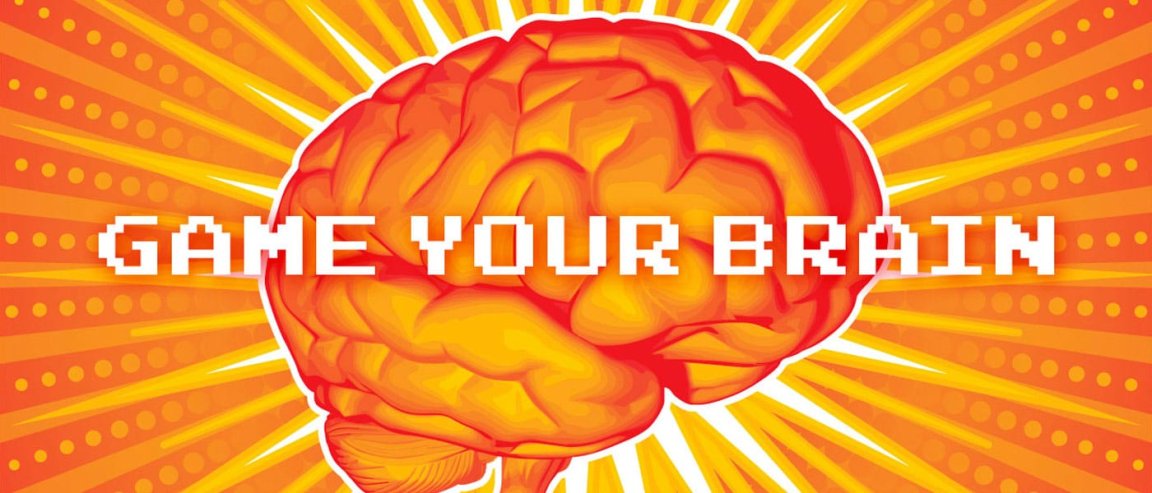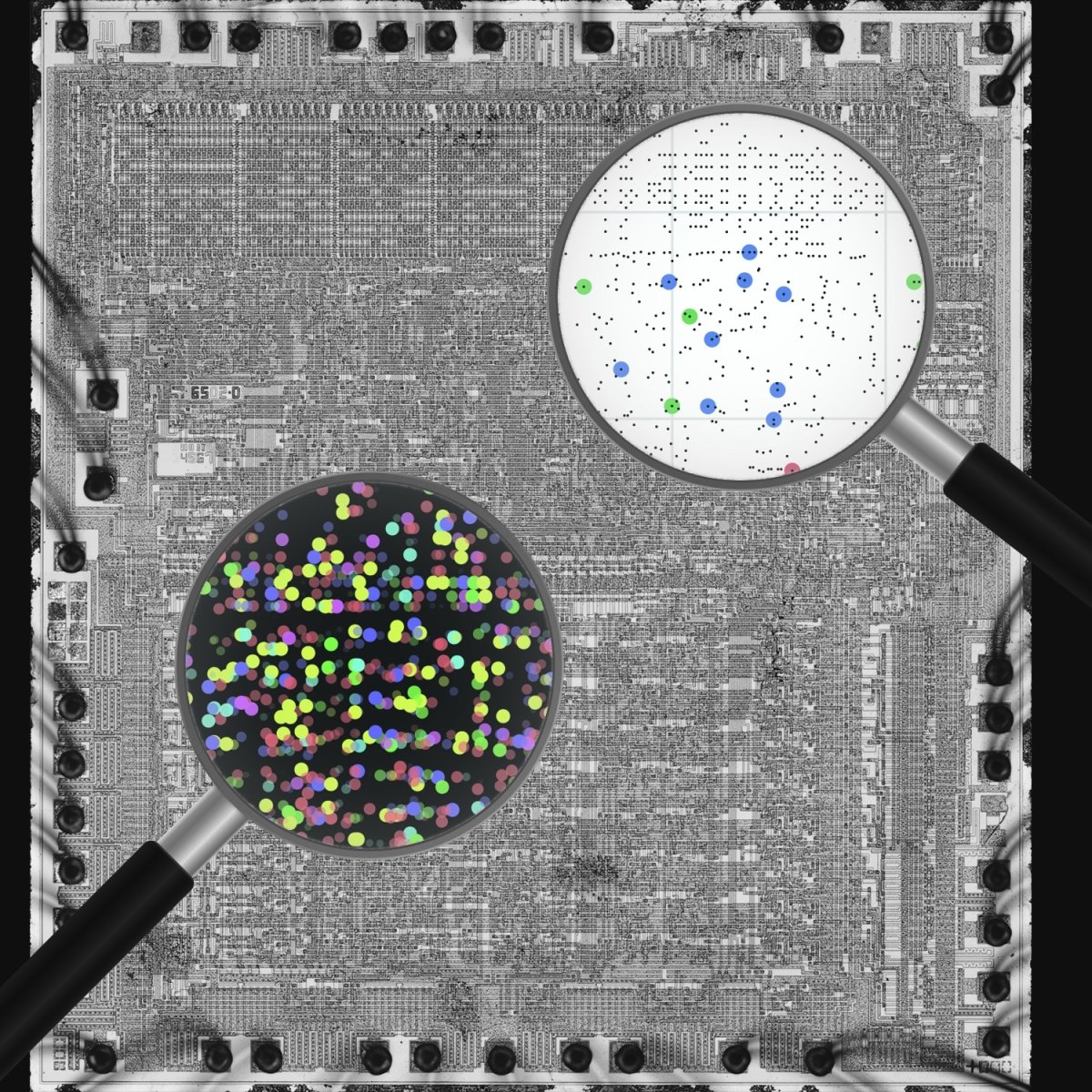
Gaming Human Brains
To say that real neural networks — that is, flesh-and-blood human brains — are not very easy to understand is something of an understatement. In fact, they are extremely complex. That’s why researchers in the field of neuroscience are constantly trying to improve the ways in which we analyze the brain — they hope they’ll eventually hit on something that could furnish us with fundamental insights into how the brain processes information.
Much neuroscience research begins with the gathering of a lot of brain activity data and then analyzing that data using algorithms. However, testing the validity of these data analysis techniques remains difficult, because it’s still unclear how biological neural systems — even simple ones, like the brain of a fruit fly — actually work.
Researchers Eric Jonas of U.C. Berkeley and Konrad Kording of Northwestern University/ Rehabilitation Institute of Chicago wanted to test just how valid some widely used neuroscience approaches actually are, but instead of testing the approaches on living brains, they applied them to a manmade computer system that’s far simpler than biological neural networks: classic gaming console Atari 2600.
In their research, they applied numerous classical neuroscience analysis techniques to the Atari 2600’s 6502 microprocessor — a computer system that they actually understand. “Since humans designed this processor from the transistor all the way up to the software, we know how it works at every level, and we have an intuition for what it means to ‘understand’ the system,” Jonas explained. “Our goal was to highlight some of the deficiencies in ‘understanding’ that arise when applying contemporary analytic techniques to big-data datasets of computing systems.”

The Tools and Limits of Neuroscience
The researchers applied these standard neuroscience analysis techniques to the Atari 2600’s microprocessor to test how well they could highlight known characteristics, like the connections between the different parts of the chip or what happens when individual transistors are destroyed. Unfortunately, the results were not satisfactory, and the techniques were not able to provide the same level of understanding that a typical engineering student would have arrived at if looking at the system.
“We show that the approaches reveal interesting structure in the data but do not meaningfully describe the hierarchy of information processing in the microprocessor,” the researchers explained in the study, which is published in PLOS Computational Biology. “This suggests current analytic approaches in neuroscience may fall short of producing meaningful understanding of neural systems, regardless of the amount of data.”
Certainly, the field of neuroscience has greatly increased our understanding of how the brain works. However, as Kording said, “Progress requires better experiments, theories, and data analysis approaches.” In understanding how the brain’s processes work, big data just isn’t always that effective. “Without careful thought, current big-data approaches to neuroscience may not live up to their promise or succeed in advancing the field,” Jonas noted.
Ultimately, the study reveals the limitations of modern approaches to neuroscience, which is why the researchers suggest exploring new paths to better understand the brain, just like they did with their Atari experiment. “We could learn a lot about how to reverse-engineer biological systems by reverse-engineering synthetic systems,” according to Jonas.